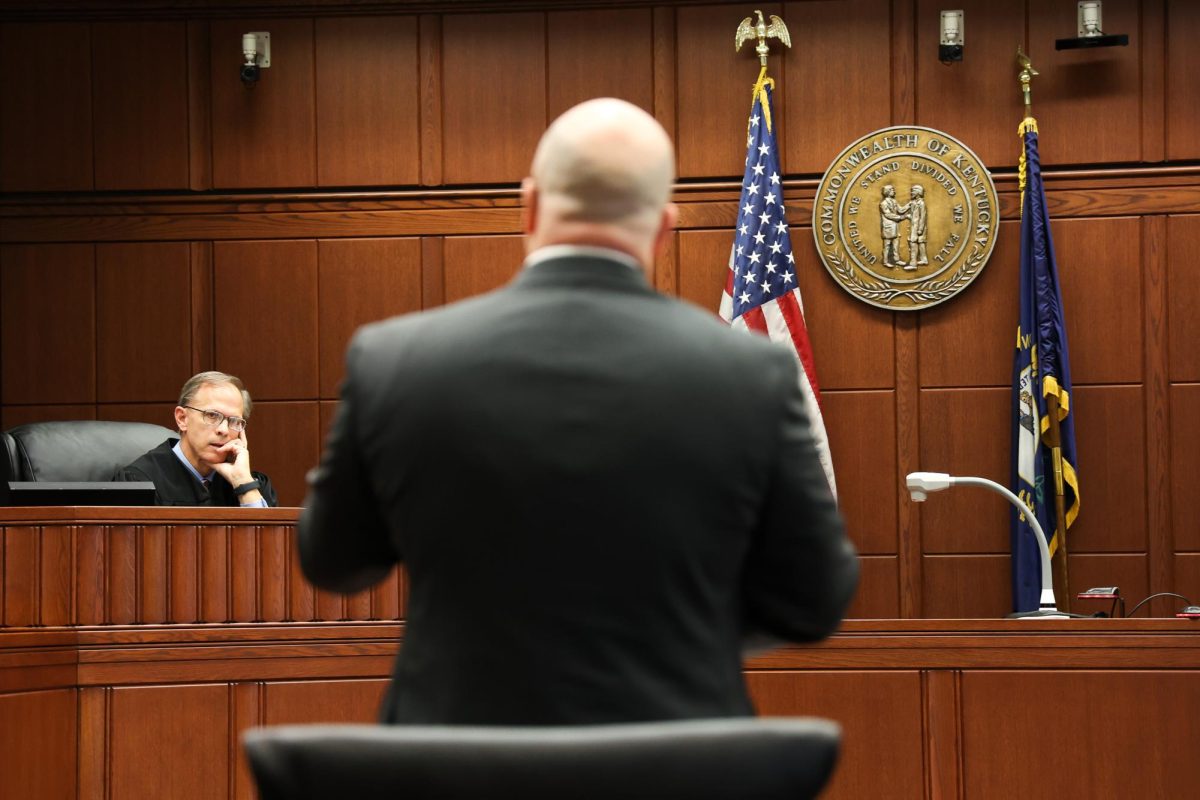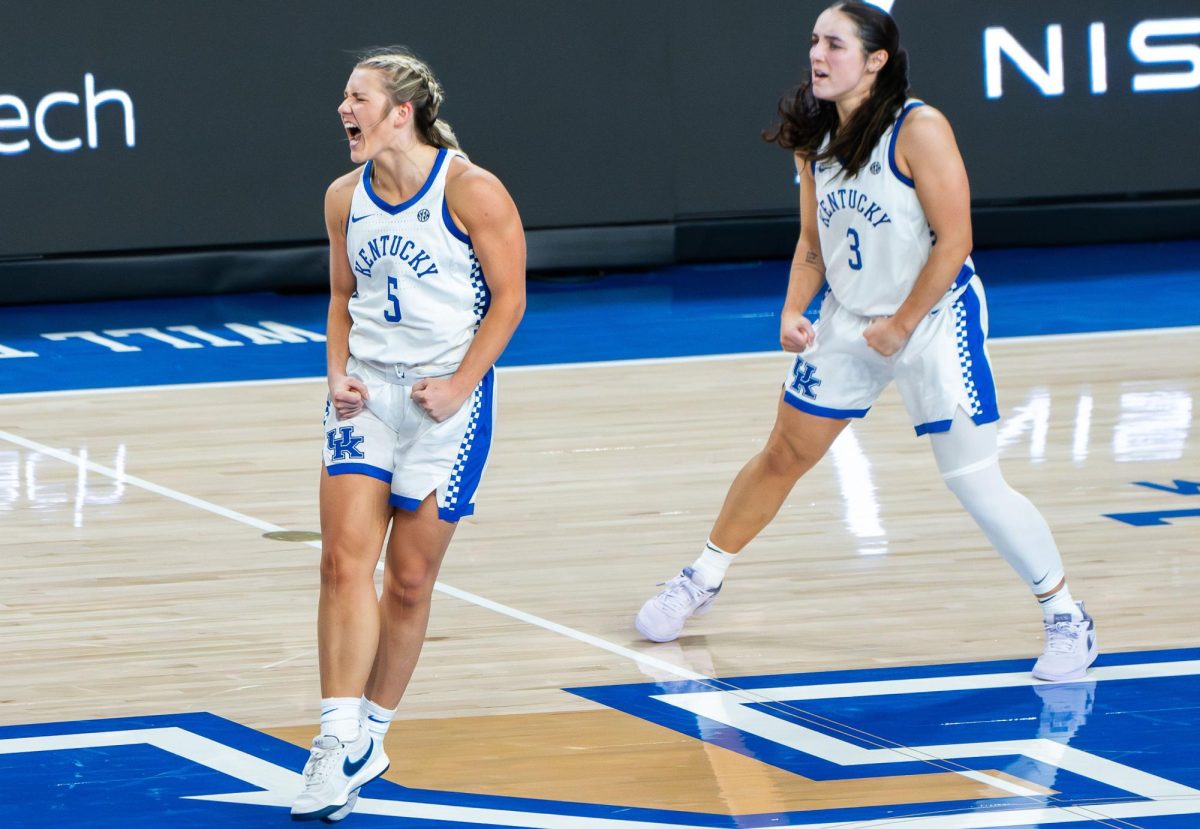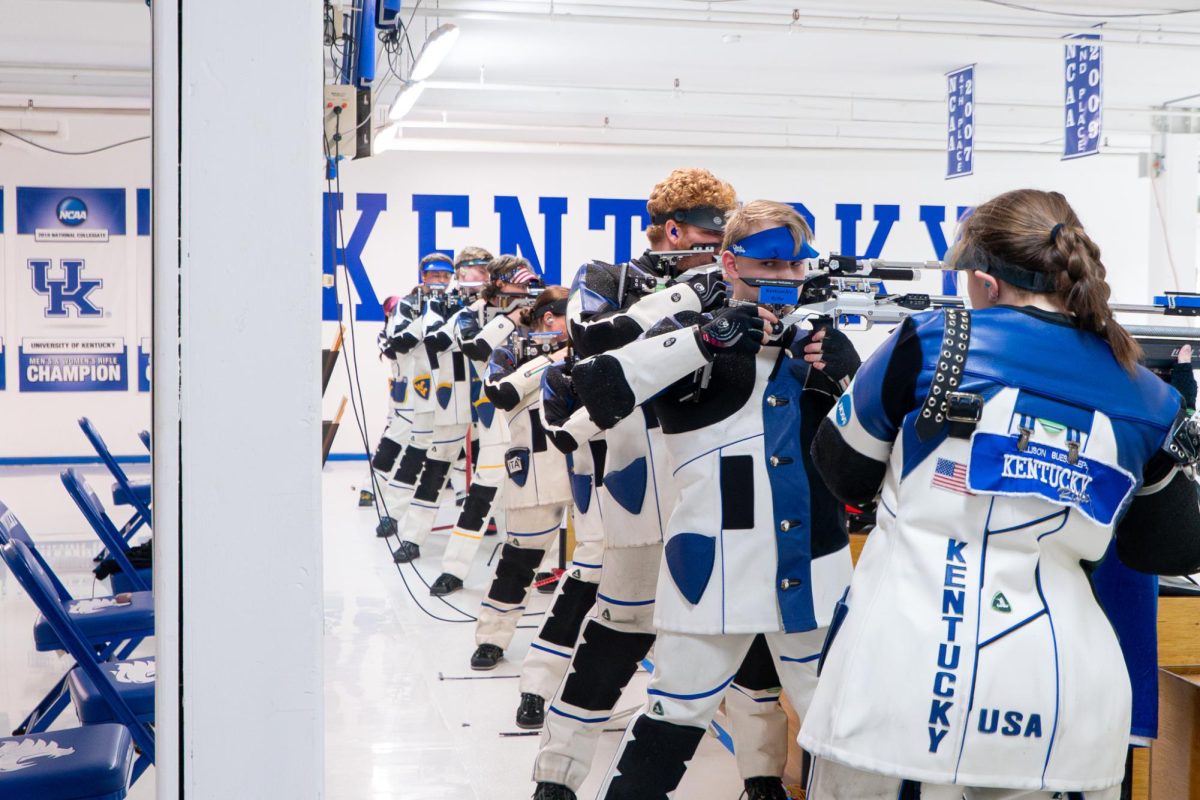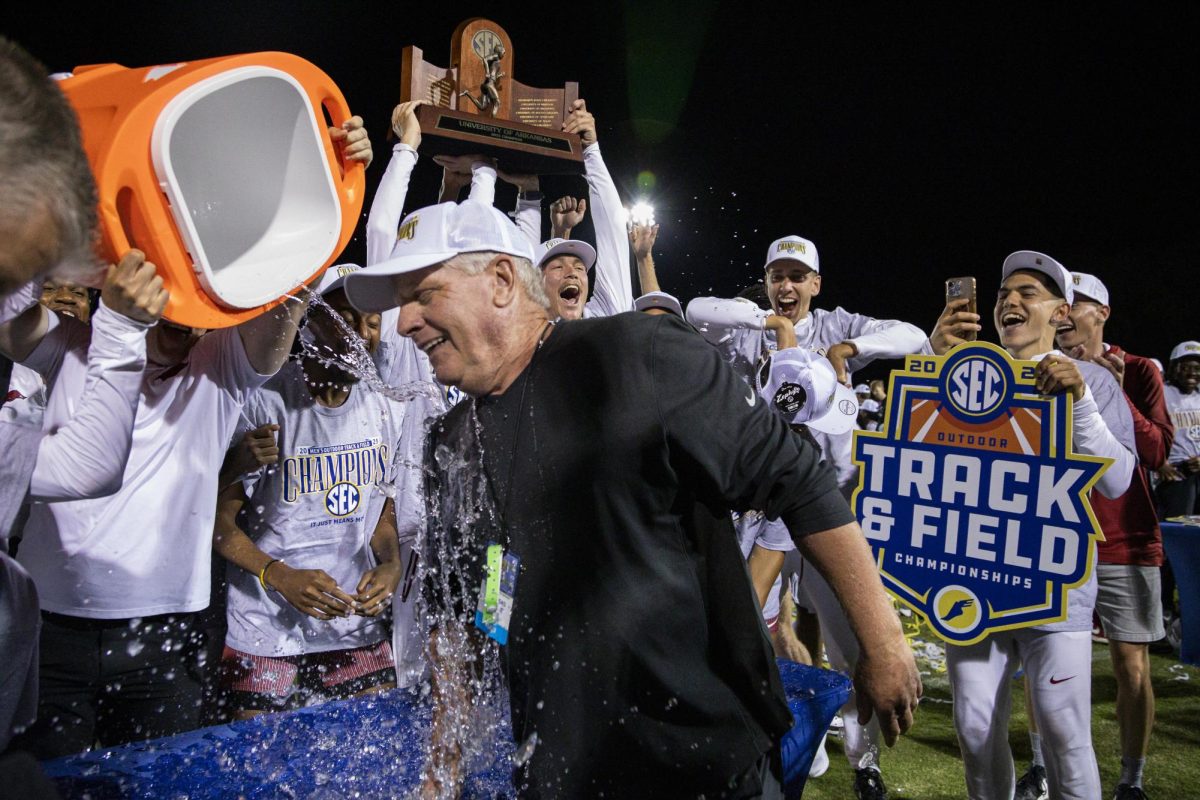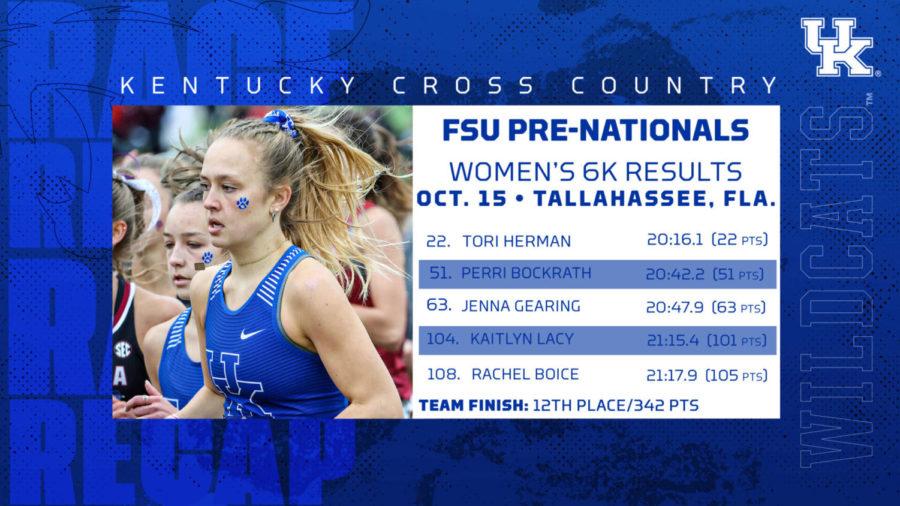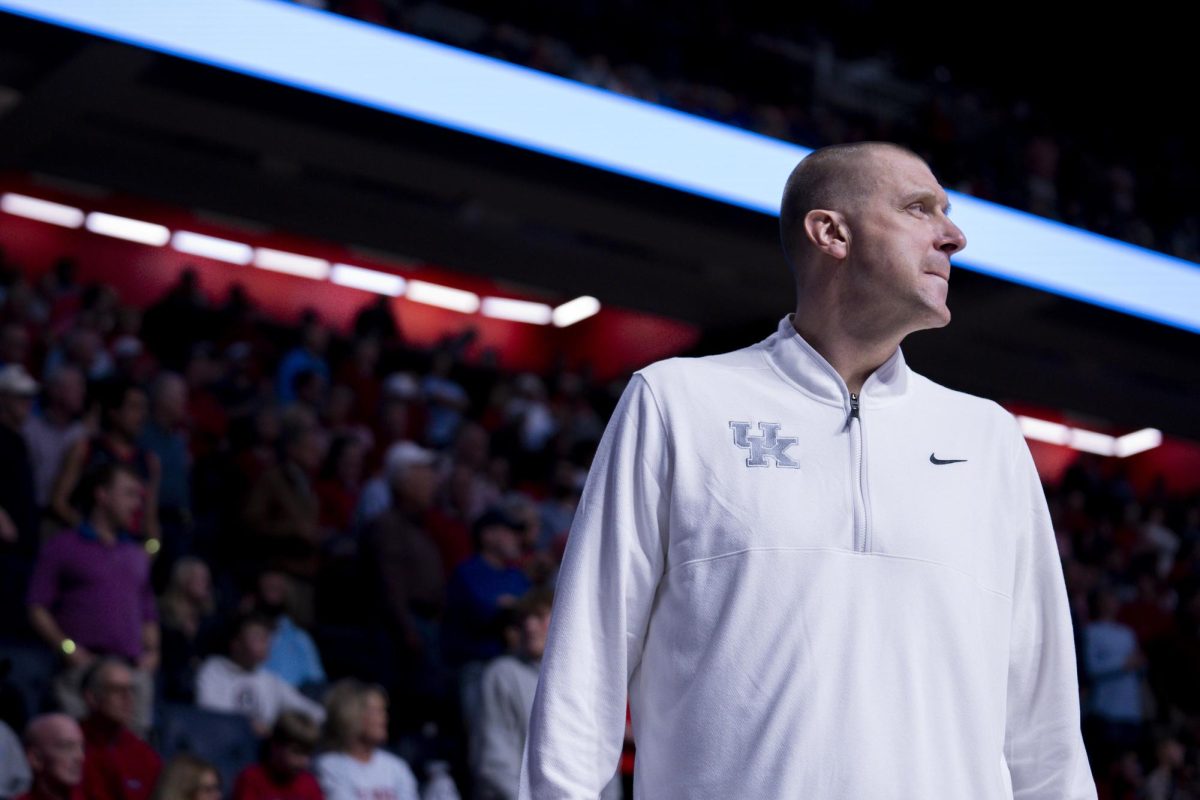Despite being in the midst of an exciting college football season, in the first year of the expanded College Football Playoffs, conference realignment continues to decimate conferences across the country.
Few could forget the colossal news last year regarding the apparent dissolution of the Pac-12 following the exodus of UCLA, USC, Washington and Oregon to the Big Ten, Utah, Arizona, Arizona State and Colorado to the Big 12 and Stanford and California to the ACC. The latter conference also added SMU in the process.
The moves, despite being shocking in nature, were not out of nowhere, either, coming in response to the monumental additions of Texas and Oklahoma to the SEC.

The decisions continue to impact college athletics every day and, while many have grown accustomed to conferences poaching talent in the summer offseason, it has taken place all throughout the active seasons this year.
Perhaps the first big news of the cycle came when the Pac-12, just when many had given up on it, announced its decision to decimate the Mountain West, taking the top-level schools from the conference instead of deciding to merge. This news saw Boise State, Fresno State, Colorado State and San Diego State all join the former power conference.
This news also left a feeling of unease across the college athletics landscape as, despite the scale of the move, all most could focus on was that the conference still needed at least one more school to get to the all-so-important number of eight teams.
This left other conferences scrambling, desperately trying to force their schools to recommit to their conference contracts and stay put. Perhaps the most successful in this venture was the American Athletic Conference (AAC), which managed to convince Memphis, South Florida (USF), UTSA and Tulane to stay put and ignore pressure from the Pac-12.
Others, however, were not so lucky as news broke Tuesday morning that current Conference USA school UTEP had agreed to join the depleted Mountain West, giving the conference its first Texas representative since TCU left for the Big 12 in 2012.
While a notable move by the Miners, it wasn’t the biggest conference realignment news of the day.
That honor belongs to the Gonzaga Bulldogs, perhaps the best sustained non-power-conference basketball power in the country, who announced their landmark decision to join the Pac-12 despite not possessing a football team.
The Bulldogs, which hold a 2-0 record over Kentucky in the pair’s best-of-five series, have enjoyed sustained success under legendary head coach Mark Few, going to 24 NCAA Tournaments, winning at least one game on 21 occasions, making the second weekend 13 times, going to the Elite Eight five times after doing so for the first time in 1999 under Few’s predecessor and finished as NCAA Tournament runner ups twice, including during a 31-1 campaign in 2021.

Gonzaga had previously been the biggest wildcard of conference realignment with football being the biggest money sport in college athletics. Despite that, the Bulldogs had been linked to potential moves to the Big 12, Big East, Mountain West and eventually settled on the Pac-12, following in the footsteps of the likes of Wichita State and Butler in making realignment decisions purely based on basketball success.
Beyond strictly teams leaving conferences, other notable conference realignment news came courtesy of the Big Ten and SEC, who are reportedly interested in working out a scheduling partnership relating to College Football Playoff spots and automatic bids.
The decision would likely be similar to how the SEC and ACC — and formerly the Big 12 — had scheduling agreements in college basketball, but on a much larger scale with the limited quantity of football games and allegedly requested amount of automatic bids into the playoffs.
If speculation is to be believed, this would result in SEC schools potentially playing nine conference games, one FCS game, one free home game against an opponent of the school’s choice and at least one contest against a Big Ten school.
The conferences also reportedly requested four automatic bids into the 12-team College Football Playoffs each, meaning the field would likely include four SEC schools, four Big Ten schools, the ACC champion, the Big 12 champion and presumably the Pac-12 champion and best conference champion from another conference.
While this is all still speculation and could fall through, the news struck fear into the hearts of fans of college football, fearing that, if it passes, the format could further the divide between two elite conferences and “the best of the rest.”
All in all, as far as Wildcats fans are concerned, the future of Kentucky is secured so long as the university remains in the SEC, but the landscape of college athletics is ever changing and, while UK fans may be able to rest easy for now, fans of hundreds of collegiate programs across the country fear for the sustainability of the programs and, as others have found out before, being in a power conference now does not necessarily mean the future is secured forever.
























